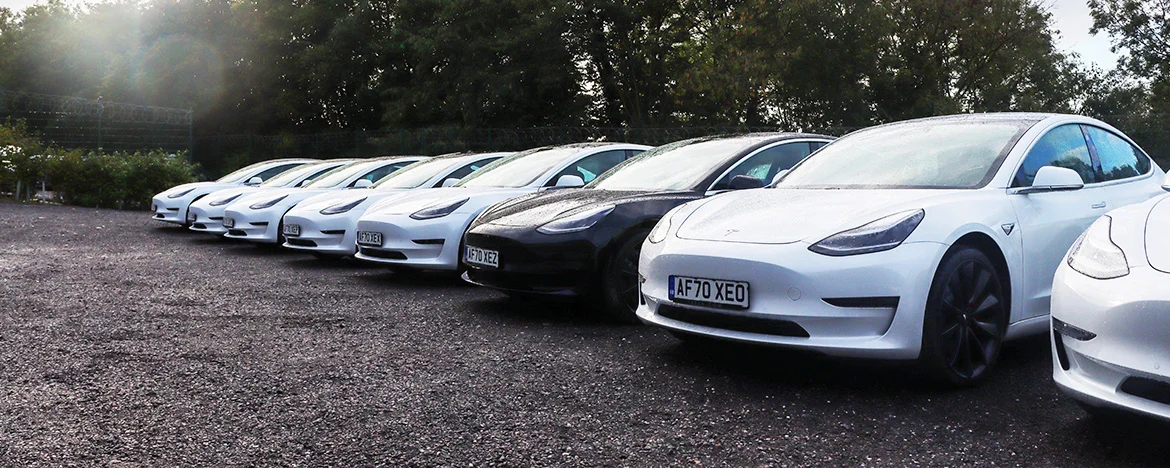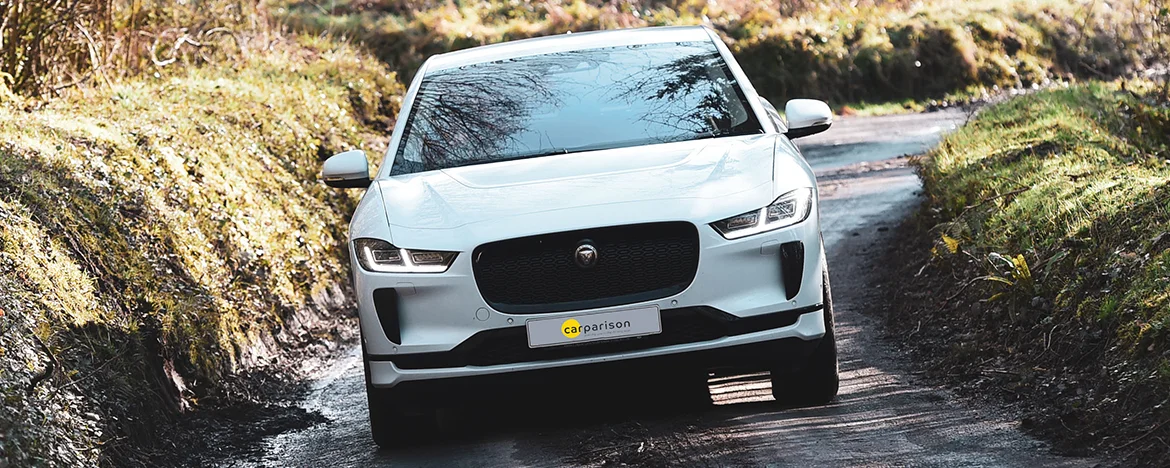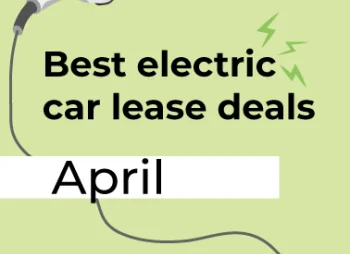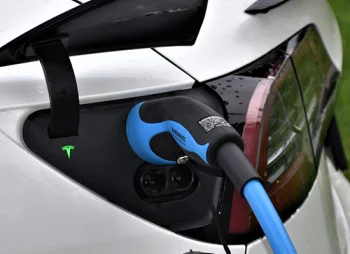Torque - how does it work, and why is it different in an EV?
One of the major benefits of driving an electric vehicle (EV) is the instant torque that they can produce. Measured in Newton Metres (Nm), torque is the turning or rotational power of the engine. You may have also heard it described as a car’s ‘pulling power’.
The more torque a car can produce, the quicker it accelerates and reaches top speed. The amount of torque a car can produce is often one of its top-selling points, with many manufacturers ranking it alongside top speeds and brake horsepower in terms of importance.







